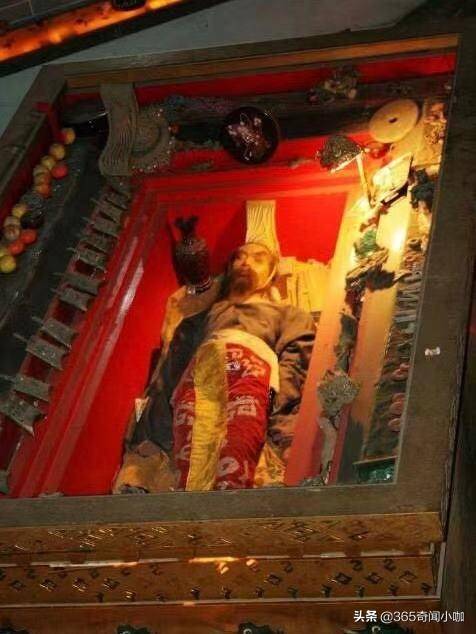
What Three Things Are Buried in Qin Shi Huang's Mausoleum?
The Mausoleum of the First Qin Emperor is one of the most fascinating archaeological sites in the world. While the main tomb remains unexcavated, its surrounding necropolis reveals a vast and meticulously planned city of the afterlife. Here's a closer look at three key elements buried within:
1. An Army for Eternity: Terracotta Warriors and More
The most iconic feature of Qin Shi Huang's necropolis is undoubtedly the Terracotta Army. Discovered in 1974, this vast collection of life-size sculptures is housed in several pits:
- Pit 1: Contains the main army, arranged in battle formations, with thousands of infantrymen, archers, and charioteers, each with unique facial features and postures.
- Pit 2: Houses cavalry units and war chariots, showcasing the military might and strategic prowess of the Qin army.
- Pit 3: Represents the command center, with high-ranking officers and a chariot thought to belong to the emperor himself.
These figures were created with remarkable realism and attention to detail. The soldiers bear different ranks, weaponry, hairstyles, and even facial expressions, offering a glimpse into the military organization of the Qin dynasty.
2. Instruments of Power: Bronze Chariots and Weapons
Beyond the Terracotta Army, Qin Shi Huang's tomb complex contains other remarkable artifacts. Numerous pits have revealed:
- Bronze chariots: Elaborately decorated chariots, complete with horses and drivers, demonstrate the craftsmanship of the era and the emperor's status. These chariots were not merely ceremonial; they were likely functional vehicles, signifying the emperor's continued mobility in the afterlife.
- Weapons: Thousands of bronze weapons, including swords, spears, crossbows, and arrows, have been unearthed. These weapons are incredibly well-preserved, with many still retaining their sharp edges, a testament to the advanced metallurgy of the time.
These objects highlight the importance placed on military prowess and technological innovation during the Qin dynasty. They were essential tools for conquering and unifying China, and they were meant to serve the emperor in the afterlife.
3. A Microcosm of the Empire: Burial Tombs and Architectural Remains
The vastness of Qin Shi Huang's necropolis extends beyond the Terracotta Army and weapon pits. The entire complex, spanning over 56 square kilometers, includes:
- Burial Tombs: Numerous tombs belonging to concubines, officials, and possibly even family members of the emperor have been discovered. These tombs offer insights into the social hierarchy and burial practices of the time.
- Architectural Remains: Evidence suggests the presence of palaces, offices, workshops, and other structures, possibly reflecting the layout of the emperor's palace in the capital city.
These structures suggest that the necropolis was conceived as a miniature replica of the Qin empire itself, designed to provide the emperor with everything he needed to rule in the afterlife.
FAQs:
Q1: Is the main tomb of Qin Shi Huang open to the public?
A1: No, the main tomb remains unexcavated due to concerns about preserving its contents and the potential for triggering ancient traps.
Q2: What is the significance of the Terracotta Army?
A2: The Terracotta Army is a testament to the power and ambition of Qin Shi Huang. It also provides valuable insights into ancient Chinese military organization, weaponry, and artistic techniques.
Q3: How long did it take to build Qin Shi Huang's Mausoleum?
A3: Construction began soon after Qin Shi Huang ascended the throne at age 13 and continued for nearly four decades, involving hundreds of thousands of laborers.
note: This return of all, without the author's permission, may not be reproduced